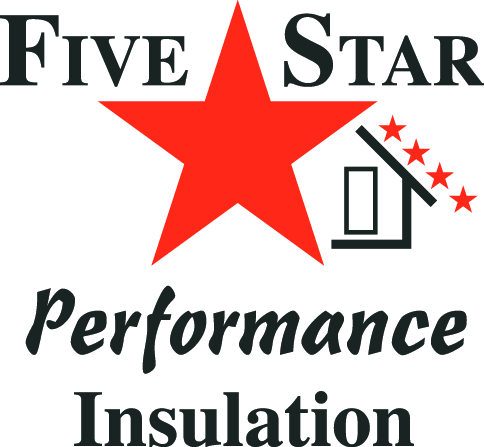Installing insulation may seem like a big job, but it doesn’t have to be. Knowing what type of insulation your home needs and understanding the different options for insulation in Sacramento, CA can help you make a smart and hassle-free insulation solution for your home.
One of the main insulation options that homeowners seem to struggle with is closed cell vs. open cell. These two types of insulation provide two very different solutions, so it’s important to understand the differences when deciding which option is right for you. Below, we’ll cover some of the main benefits for each insulation option.
Cost and strength
If you’ve already been looking at closed cell and open cell foam insulation in Sacramento, CA, you’ve probably noticed that closed cell insulation is quite a bit more expensive than open cell insulation. There’s a good reason for this. Closed cell insulation is less porous than open cell insulation, which means that closed cell insulation is denser. Because closed cell insulation is denser, it is also stronger and heavier. In fact, closed cell insulation weighs about 3 lbs per cubic foot, while open cell insulation weighs only 0.5 lbs.
Closed cell insulation’s strength and density allows it to support heavier loads than open cell insulation. You will have to consider this when making a cost vs. benefit analysis prior to insulating your attic.
R-values
R-value is a rating used to measure how well insulation can resist heat flow. The higher the R-value for your insulation, the slower hot or cold air can flow through it. Open cell foam insulation typically has an average R-value of about 3.5, while closed cell foam insulation has an average R-value of about 6.5. Again, this means you will have to make a cost vs. benefit decision when choosing which type of insulation to go with.
Vapor barrier
The porosity of open cell and closed cell insulation is the biggest and most important difference between the two materials. Open cell insulation is porous, while closed cell insulation is not. Because open cell insulation is porous, it allows the flow of air and moisture. Closed cell insulation has all voids closed to each other, so water and vapor can’t pass through it. If your attic needs a vapor barrier, you must choose closed cell insulation.
Exterior and interior applications
Overall, closed cell insulation is best for exterior applications, while open cell insulation is best for interior applications. Closed cell insulation adds strength, density and protection for exterior projects. Open cell insulation is more flexible, so it’s easier to get into smaller spaces. Open cell insulation can also flex with the long-term settling and seasonal movement of your home.
Knowing the differences between closed cell and open cell insulation can help you make an informed decision when deciding on an insulation solution for your home. Cost, strength, R-values, porosity and the type of area you want to insulate are all important factors to consider, and now you know which type of insulation in Sacramento, CA will best suit your needs.
For more information about your insulation options, get in touch with the experts at 5 Star Performance Insulation, Inc. today.
